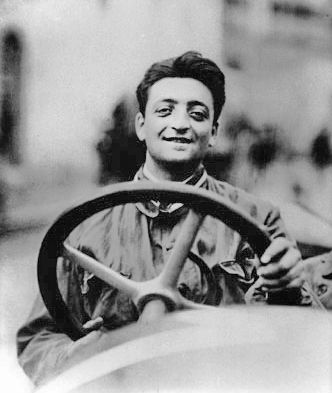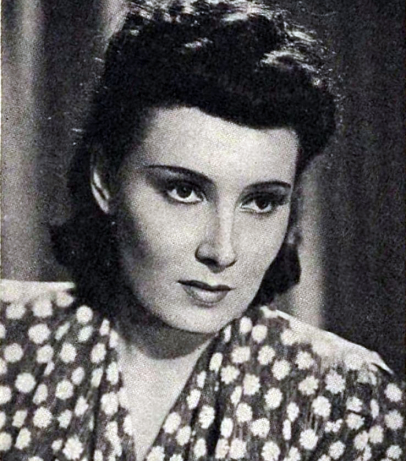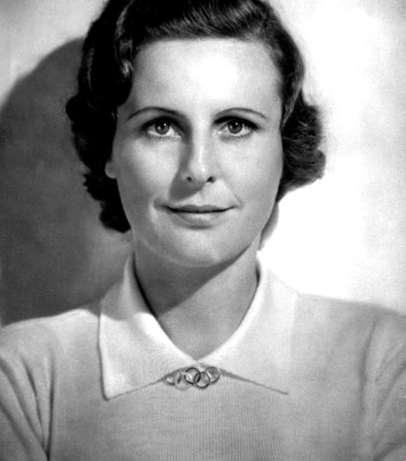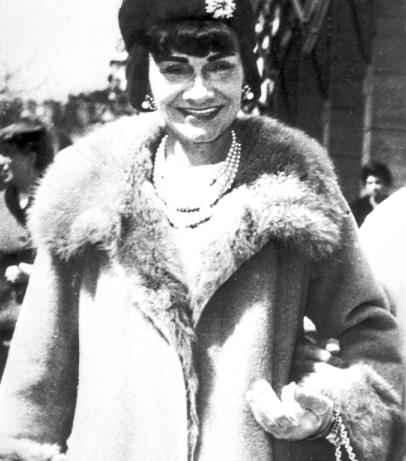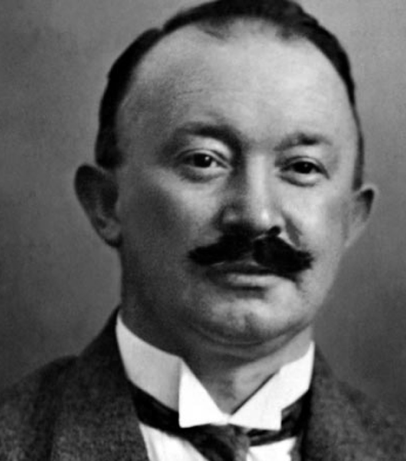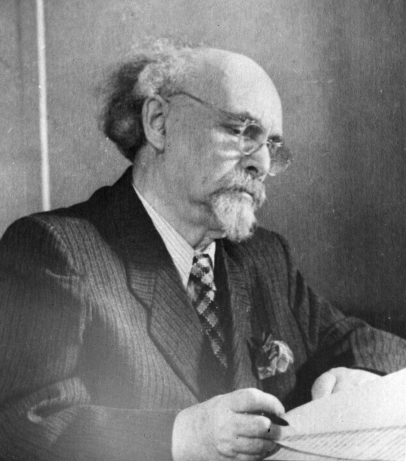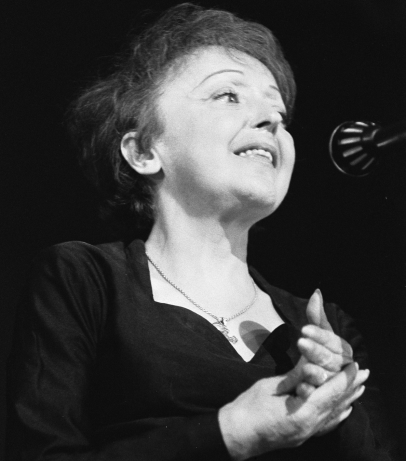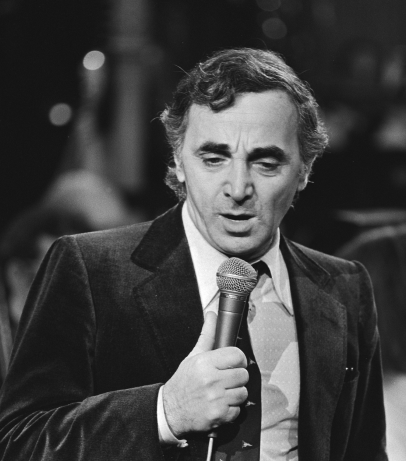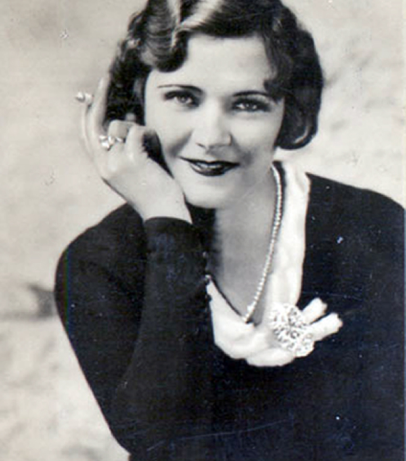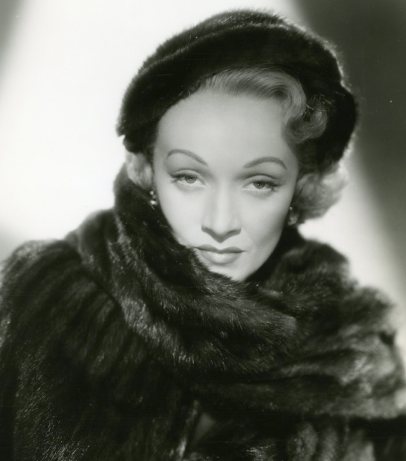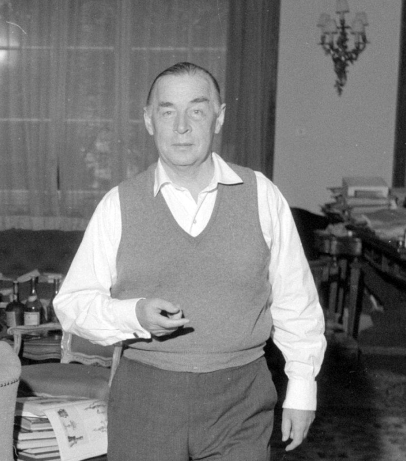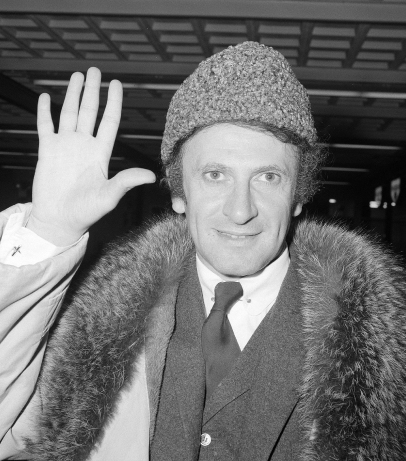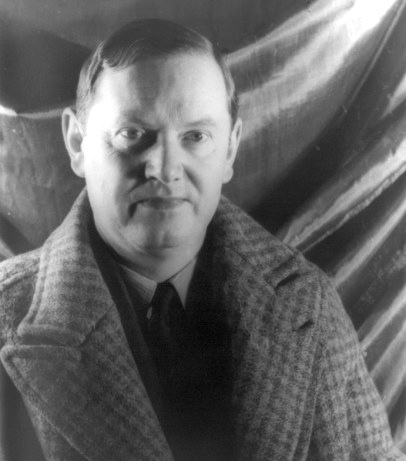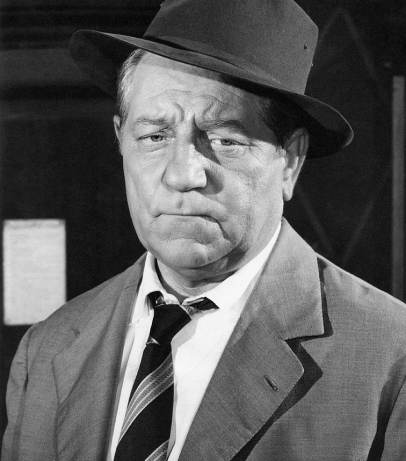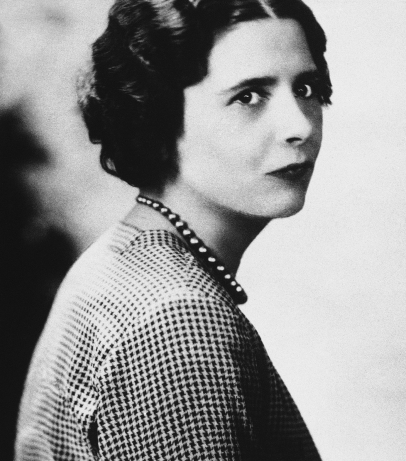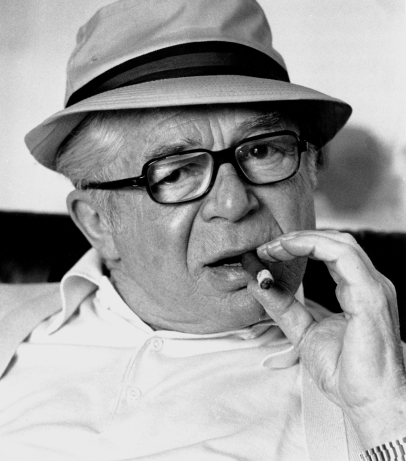On 16 September 1946 Italian motor-racing driver, entrepreneur and engineer Enzo Ferrari assembled the first V-12 engine for a racing car at the factory in Maranello in northern Italy. This was an important milestone in the post-war automobile industry.
With the outbreak of the Second World War, the Ferrari factory had been forced to produce military goods for the fascist regime of Benito Mussolini. After the Allied forces’ bombing, Ferrari moved the factory to Maranello. Nevertheless, the firm was enriched and expanded thanks to military orders. Moreover, the disadvantageous agreement with Alfa-Romeo, which had prevented Ferrari from manufacturing cars under his own name, finally ended.
After the war, motorsport started to revive. Enzo decided to start creating a new car with an improved engine and turned to a V-12 engine with 12 angled cylinders - something which had been tried at the beginning of the century. This form has proved a good fit for automobile, tank, ship and aircraft engines. Ferrari placed his faith in the Colombo V-12 engine, designed by young talent Gioacchino Colombo from nearby Legnano. This choice made him a leader in the production of sports cars and shaped the further development of motor vehicles. Since the Sixties, the V-12 engines have become the most common for racing cars, and from the Seventies - until late in the decade - the V-12 engine was used in the legendary Jaguar, BMW, Mercedes-Benz and Aston Martin marques, as well as on many other luxury sports cars.
Source:
Pritchard, Anthony. Ferrari: Men from Maranello. - Haynes Publishing, 2009.
